SORTED’s novel and ambitious approach to address ARIA’s Forecasting TP challenge will be to push the spatiotemporal capabilities of existing observational records using AI, which when informed by TP knowledge from the models, will make a step change in our ability to detect and monitor early warnings for the SPG TP.
SORTED will thus deliver an EWS for the SPG and reduce uncertainties in TP prediction by first transforming the capacity of existing ocean observations from (a) knowledge of modelbased SPG TP (WP1) and (b) the increase of its spatiotemporal limits using state-of-the-art AI techniques (WP2).
This AI-enhanced observational product will then feed into an upper ocean budget, providing precise quantifications of relative contributions of Subpolar North Atlantic (SPNA) processes to the SPG collapse, together with an assessment of known missing processes in models, such as Greenland Ice Sheet (GrIS) meltwater and the mesoscale field, which will be tested in high-resolution models (WP3), and will be used to determine proximity to a TP using statistical approaches (e.g. [26]) and in-depth SPG process understanding (WP4).
SORTED will also deliver a comprehensive evaluation of uncertainties in our EWS and use it to inform the community of exactly what types of observations are needed and where (WP4), as the evaluation of existing observations is a vital component to future investment in new observations targeting SPG TP.










